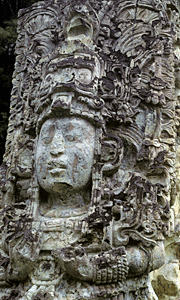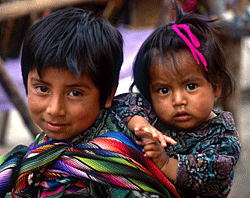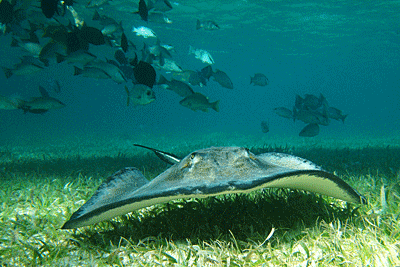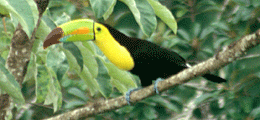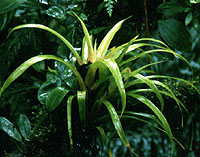|
|
During our four journeys to Guatemala we not only visited Maya cities and ruins from the past, but also spent months in the western highlands where Maya today still live a very traditional lifestyle. |
 |
Today Maya women are famous for their beautiful blouses, skirts and even headdresses which they weave by hand on a backstrap loom . When weaving, Maya women do not use a set pattern. Each piece of clothing has its own unique variation. |
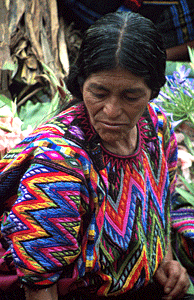 |
 |
|
 |
Boys and men carry loads using a tump line, a leather strap around their head, allowing them to carry up to 75% of their body weight. Girls and women learn to balance loads on top of their heads, often without even using their hands. |
 |
 |
 |
 |
 |
 |
 |
 |
 |
The second largest barrier reef system in the world runs along the Caribbean coast Over the last 30 years we have traveled and snorkeled throughout the Yucatan peninsula of Mexico. In 2007 we visited Belize for the first time. The barrier reef runs the entire length of the country . |
|
|
|
|
|
|
|
|
|
Mexico is one of our favorite countries in the world. |
|
|
|
|
In 2006 we travel to Mexico to take part in perhaps the most interesting traditional festival we have ever witnessed, Day of the Dead. |
|
Our Rainforests & Maya Ruins slide program also features stories from our three-month bicycle trip through: Costa Rica |
 |
To see a close-up map of the area we traveled on our bike trip, and take the challenge of finding each country on the map, click on map quiz. |
 |
We fly into the capital of San Jose, assemble our bicycles, and ride into the mountains. Four different cordilleras or mountain ranges divide the Pacific and Caribbean coast. The tallest peak is 12,529 feet. We cycle up Poas volcano, and ride through cloud forest to visit Monteverde Biological Reserve. |
|
Costa Rica has tropical forests, rainforests, cloud forests, high mountains, numerous active volcanoes, and miles of beaches along both the Pacific and Caribbean coasts. Costa Rica is famous for its national park system. Thirty percent of the land lies protected in government and private forest reserves, refuges, and parks. |
|
 |
The cloud forest is a fierce battleground, where plants fights for space and survival, twisting and choking each other in a quest for sunlight.
Giant strangler figs throttle enormous trees, halting growth by wrapping tourniquet-like vines up and down the victim host tree. Four inch thick moss coats the larger limbs and branches, blocking out sunlight and absorbing hundreds of pounds in water weight. |
|
 |
On the Pacific coast we backpack four-days through Corcovado National Park. We camp as the sun drops toward the ocean, serenaded by the soothing sound of the waves, not another soul in sight. We also see plenty of insects. |
 |
the World |
the Amazon |





